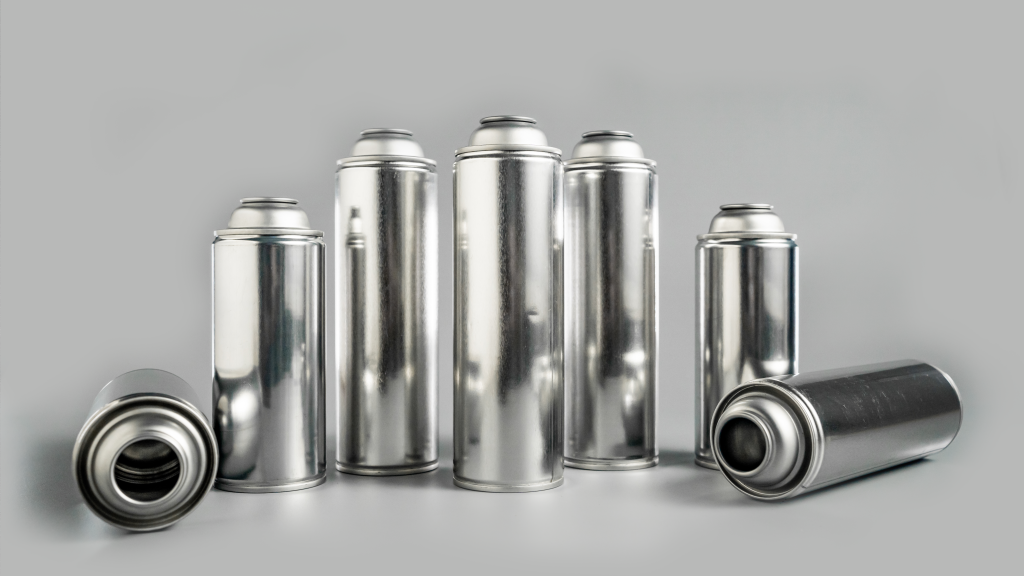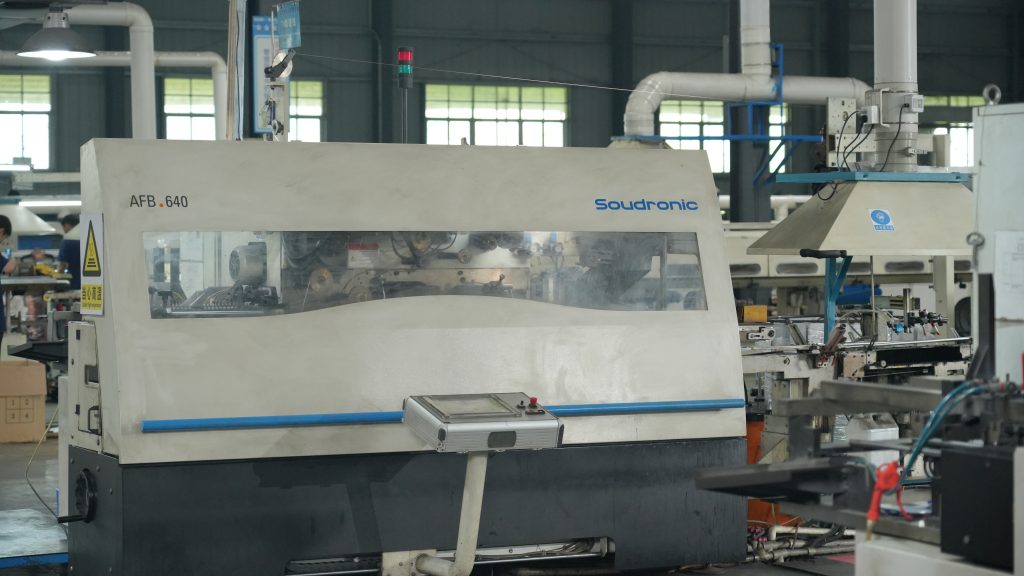To meet the demand for packaging containers capable of storing high-viscosity formulations and releasing them repeatedly, innovative changes have been made in aerosol product packaging. A notable example is the successful development and widespread adoption of two-composition aerosol systems across various industries. The annual production of such products has reached millions of units and continues to grow. So, what makes two-composition aerosol packaging unique, and how is it filled?

Below is a summary of the key features of two-composition aerosol products:
- Separation of Formulation and Propellant:
Since the active formulation and the propellant are stored separately, they do not interact with each other.
There is no need to consider compatibility or emulsification between the two.
The formulation is released independently without mixing with the propellant, ensuring consistent density.
Unlike conventional aerosols, the sprayed substance does not cool down due to propellant evaporation and associated heat absorption.
Compared to tube- or chamber-type spraying devices, bag-in-can (or pouch) valves are easier to use, more hygienic, oxidation-resistant, and aesthetically pleasing. - Usable in Any Orientation:
Consumers will not accidentally cause propellant gas loss—a common issue with traditional aerosols—which often leads to product failure and customer complaints. - Capable of Releasing High-Viscosity Formulations:
These systems allow near-complete expulsion of the product with minimal residue. - Suitable for Corrosive Formulations:
Since the agent does not come into contact with the metal container, products containing corrosive ingredients can be safely marketed. - Ability to Release Post-Foaming Formulations:
Low-boiling-point agents can be filled into the inner pouch with minimal evaporation.
Thanks to these superior properties—unavailable in conventional aerosols—two-composition packaging is now used in a wide range of products. This is especially true for products containing corrosive agents, which have been successfully introduced to the market in recent years. The variety and market presence of two-composition aerosol products are expected to continue expanding.
The filling process for two-composition aerosols is more complex than that of standard aerosols. It involves the following steps: first, the pouch valve is placed inside the aerosol can; then, using a specialized sealing and gas-filling machine, the valve is crimped in place and the propellant gas is injected; finally, the liquid formulation is forced into the inner pouch via a high-pressure filling machine, after which the nozzle and outer cap are attached.
Taking the SAILON Can two-composition aerosol filling machine as an example, the equipment offers the following advantages:
- Integrated sealing and gas-filling functions, resulting in high efficiency.
- Easy adjustment of work positions and reliable operation. It uses imported pneumatic and electronic components, ensuring minimal failures and long service life.
- User-friendly operation, easy disassembly for cleaning, and convenient maintenance.
- Star wheels are used for smooth bottle input and output.
- Equipped with safety glass door switches to prevent accidental injury.
- Servo motors provide power output, and precision cam dividers are used for accurate positioning.
- A reducer is included for precise height adjustment of the equipment.
This advanced filling system ensures that two-composition aerosols are manufactured efficiently, safely, and to high-quality standards.


